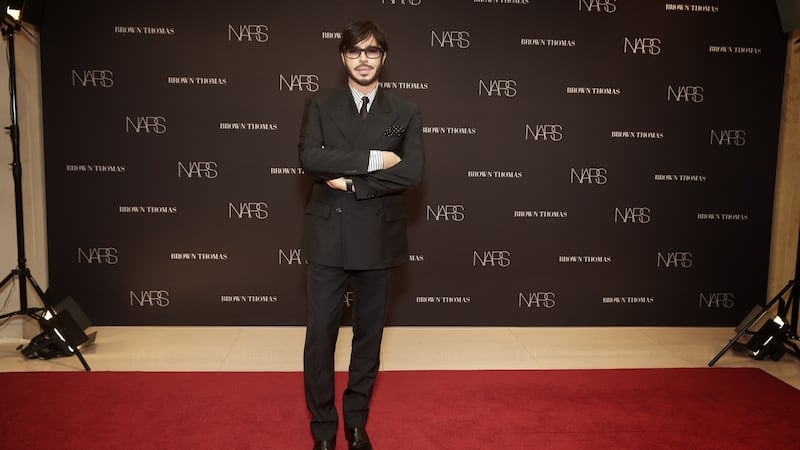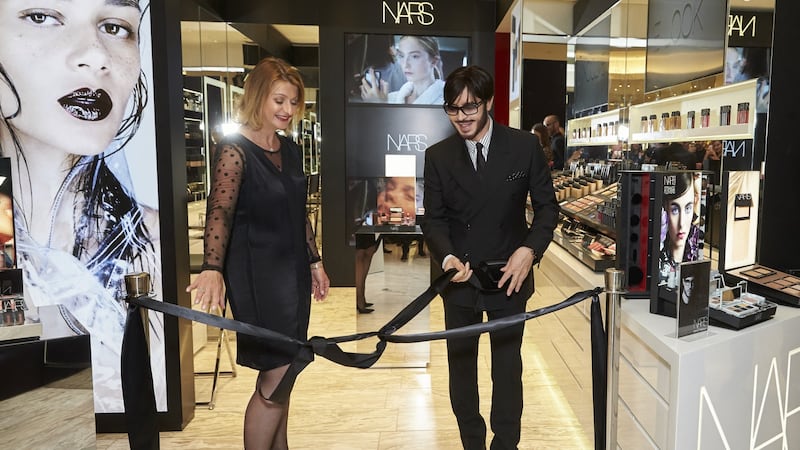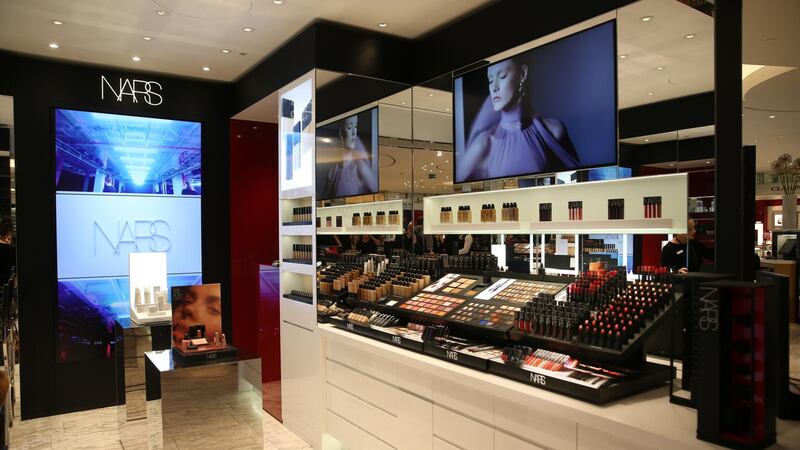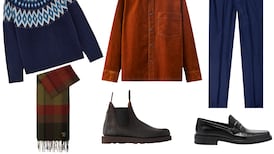At a time when make-up artists rise to prominence through Instagram, François Nars is an unusual figure. Eschewing the attention, he is more interested in the business and art of beauty. When I got the chance to sit down with the Nars founder during his recent visit to Dublin for the opening of the new Nars x Brown Thomas boutique, I was uncharacteristically nervous. There are arguably more gifted make-up artists working now than at any other period. Nars, however, is in a category wholly his own.

He is an illustrious figure within 20th and 21st century beauty, having entered the industry first in Paris after graduating from the Carita Institute. Yves Saint Laurent and others gave this newcomer an opportunity. He then moved to New York, where he worked on most of the famous faces you could possibly think of, all the while subverting expectations about what make-up is and what we can do with it.
Still creative director of the brand he founded in the early 1990s, Nars manages to navigate the changing demands of the market while maintaining the same vision he started out with as a make-up artist. There are very few other major beauty brands with one individual directing so many aspects of their function and output.
Campaigns
The Nars brand, which began as a lipstick line at Barney’s New York in 1995, is a commercial success story, but a quick glance at a Nars campaign – Nars shoots the campaigns himself – is enough to communicate that this is not an ordinary make-up brand.
“My philosophy hasn’t changed since 1979 or ’80,” he says. “We don’t want to annihilate who you are, or transform you into something else. We want to reveal what is there, to enhance what is there.
“I have always been drawn to strong characters,” he says, “and unstraightforward beauty.”
Nars campaigns have echoes of Titian’s nudes, always beautiful but never perfect. There is usually intense depth or saturation of colour, interesting play with angles, clever and interesting use of light and always a primary focus on revealed and radiant skin.
The woman should be first, and the make-up second
The latter is increasingly lost in modern-day make-up, but Nars has always sought to reveal rather than conceal – to enhance what is naturally present – and this has led to his creating some of the best-known products around.

His famous softly sheened pinky peach blush, Orgasm, essentially creates the natural looking flush on the skin that its name alludes to. Radiant Creamy Concealer (I always have two on the go – one at home and one in my handbag) was a revelation in coverage with natural texture when it first hit beauty halls.
Focus on skin
Nars himself simply isn’t interested in following trends for the sake of it, though, always keeping the focus on the skin: “Some brands have a philosophy of piling make-up on, but this look can be lifeless, and make the wearer look like a wax mannequin. The woman should be first, and the make-up second. Skin is important. Compliments like ‘your make-up looks great’ are not real compliments. You want a sense of life to come through, for people to say you look great. This is what good make-up will do for everyone.”
Before other brands caught up and realised the importance of diversity, Nars campaigns were featuring models of various ethnicities and ages. This is a natural consequence, he suggests, of seeing and valuing the individuality in people.
“I like individuality, and people who are unique. There is always drama in the images I create, and I love non-typical beauty. There is always something off – in the best sense – about the models I cast. Strong features and personalities are beautiful.”
Tilda Swinton and Charlotte Rampling are two of the people he has most loved photographing for his campaigns. "I have loved Rampling for decades, since seeing her earlier work. She is still an incredible inspiration for me." Both women are powerful, unique in appearance, and feature a beauty that is not elementary. Interestingly too, and sadly unusually, neither one fits the mould of the ubiquitous teen and 20-something models we are so accustomed to.

As the Nars brand continues to grow globally, I ask its founder what comes next. Many people in his position would very understandably choose to step back and relax a bit. He looks amused, but a little baffled.
“When I don’t enjoy it any more, I’ll stop. But I’m just not there yet. The people I work with will tell you I’m never totally satisfied with anything. We can always do better. What matters to me now? Innovation, improvement, legacy. I want to build a brand that will still be here after I’m gone.”












